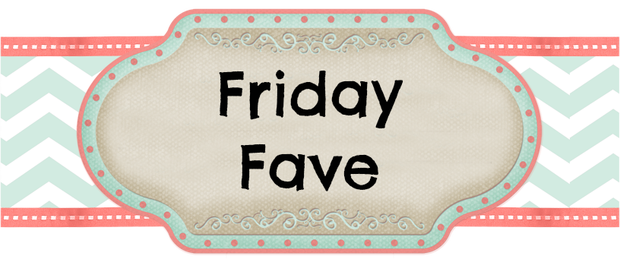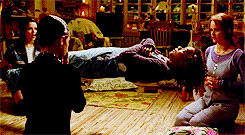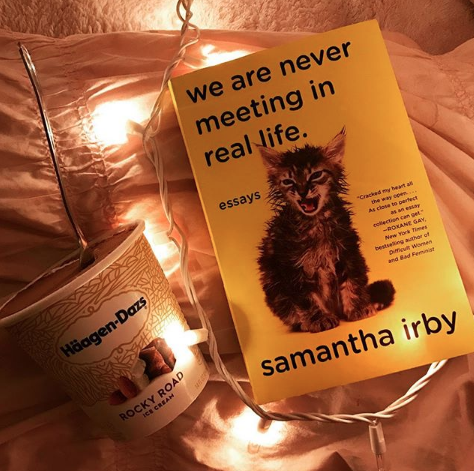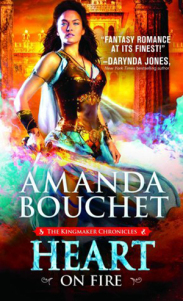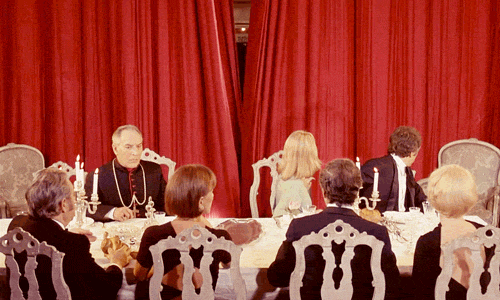Thomas Jefferson Builds a Library b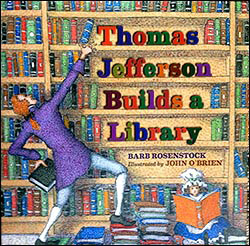 y Barb Rosenstock, illustrated by John O’ Brien (Honesdale, PA: Calkins Creek, Imprint of Highlights, 2015).ISBN: 978-1-59078-932-2
y Barb Rosenstock, illustrated by John O’ Brien (Honesdale, PA: Calkins Creek, Imprint of Highlights, 2015).ISBN: 978-1-59078-932-2
The book is available from Amazon ($13.68), Barns and Noble ($14.05) or Indibound ($16.95) as of August 2017.
This children’s book is recommended for 8-11 years and grades 3-6.
Thomas Jefferson Builds a Library tries to make sense out of the conundrum that is Thomas Jefferson. The book focuses on Jefferson’s life long love of reading to provide a narrative for what he does at different stages of his life. The 32 page book covers Jefferson from childhood, where he supposedly had read the forty-six books in his father’s library before started school through his college years at William and Mary, his marriage and family life at Monticello, his call to government service as the author of the Declaration of Independence, and his return to public service, following the death of his wife, as Ambassador to France for five years.
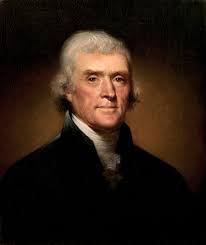 The book skips over his time as Washington’s Secretary of State (1790-1793) and resumes the narrative with Jefferson’s election as President of the United States. During his presidency, “Tom doubled the size of the country and more than tripled the number of books in its library.”
The book skips over his time as Washington’s Secretary of State (1790-1793) and resumes the narrative with Jefferson’s election as President of the United States. During his presidency, “Tom doubled the size of the country and more than tripled the number of books in its library.”
In one of the many side notes, Rosenstock describes how Jefferson would add a T in front of the roman number I, which was the equivalent of a J in Latin. This habit allowed people to identify books that had been owned by Jefferson.
Although these side notes provide additional information, it does make the book more confusing to read (literally and figuratively) since the smaller font in a light brown is not as easy to follow as the black text of the main narrative.
The cartoon drawings add a whimsical nature to the book and resemble the type of block print illustrations from the 18th and early 19th centuries.
The book does a good job of showing that Jefferson was not only a voracious reader, he was also a man of letters (writing at least 19,000 letters during his life time and two books: Notes on the State of Virginia and Manual of Parliamentary Practice.)

In an Author’s note at the end of the book, Rosenstock does an admirable job of mentioning that Jefferson, author of the Declaration of Independence (All men are created equal), was also a slaveholder. He inherited about twenty slaves from his father and between purchase and inheritance from his wife’s family, owned several hundred over the course of his life time. The labor of those slaves, provided “the time and the money to pursue his scientific interests, his book collecting, and his political career.” Since this is a children’s book, no mention is made of Sally Hemings.
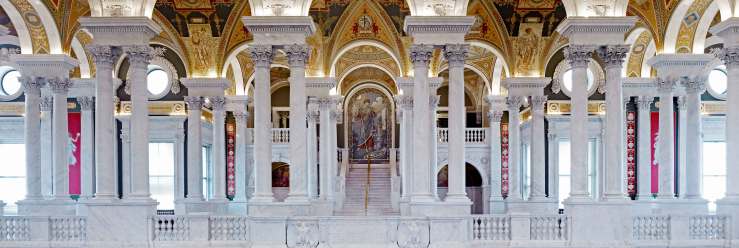
Great Hall of the Thomas Jefferson Building at the Library of Congress
When the British ransacked Washington, DC in 1814, they burned many public buildings including the Library of Congress. Thomas Jefferson gave his 6,500 book library to replace the 3,000 books burned by the British. The book implies that Jefferson donated those books, rather than sell them He used the money from the sale to pay off some debts.
Overall, the author does a good job of writing a children’s book about one of America’s founding fathers. Using his life long love of reading as a metaphor, Rosenstock is able to weave many of the facets of Jefferson’s public and private life into her story. The book does include acknowledgements and a select bibliography.
Advertisements Share this: